Tracy McCubbin is a professional decluttering expert who has been showing people how to take a deeper dive into getting organized for 12 years.
BuzzFeed spoke with Tracy to understand more about her approach to becoming clutter-free. "I'm the child of a hoarder, so I grew up my whole life watching my dad struggle with his relationship to his stuff. I understand the emotional impact of belongings and I know that it isn't always easy," she said.
So Tracy recognized these emotional attachments people had to their possessions and developed a different approach to decluttering. She found seven emotional "clutter blocks" — as she calls them in her book — that prevent people from getting rid of their stuff in order to become more organized. "I've found that all of us have at least one of these 'clutter blocks,' but some of us have more than one," she said.
Tracy added that "clutter blocks" can also change as events happen in our lives, for example becoming a parent or dealing with death.
So, what are these seven 'clutter blocks'?!
Clutter Block Number One:
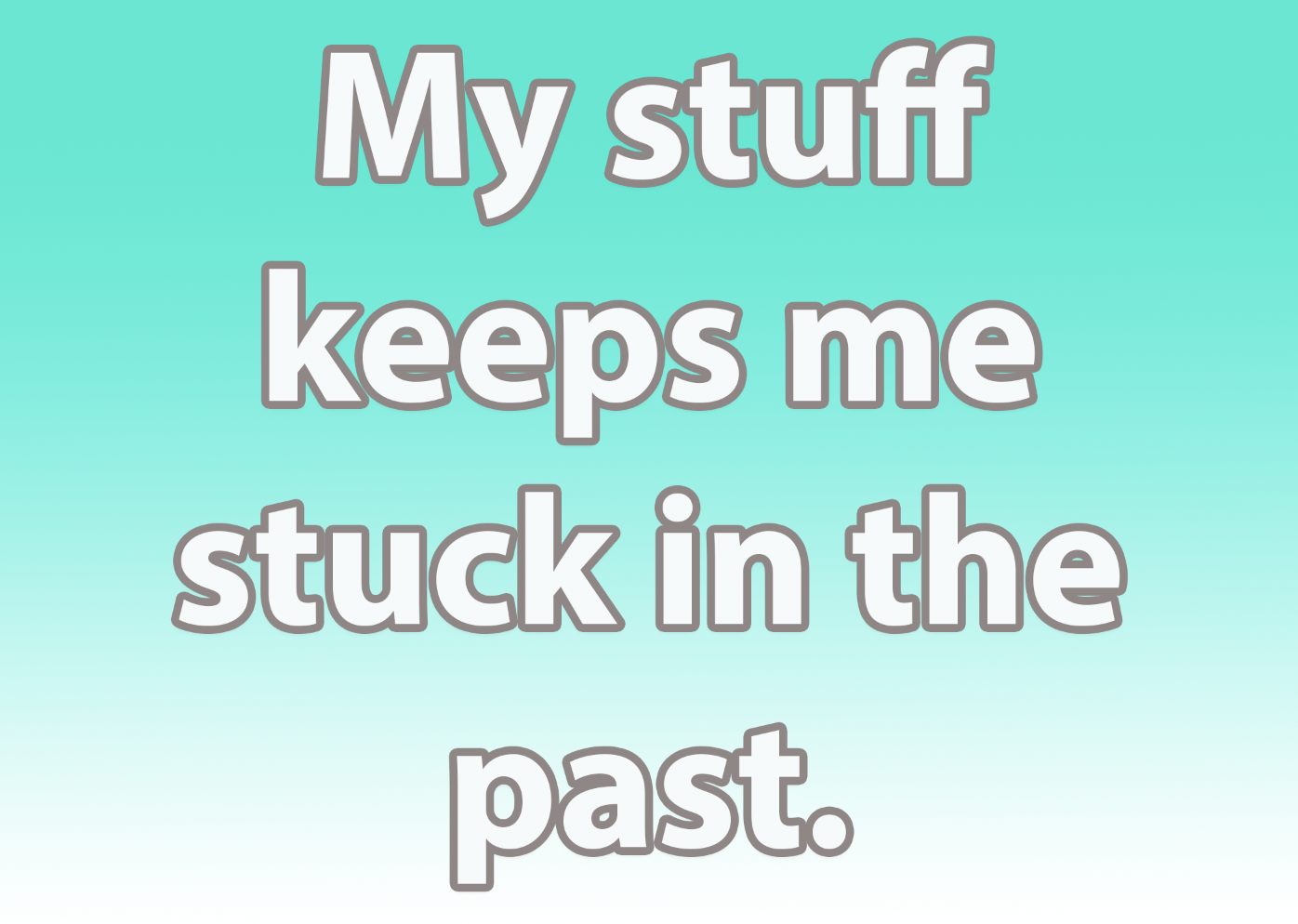
Clutter Block Number Two:
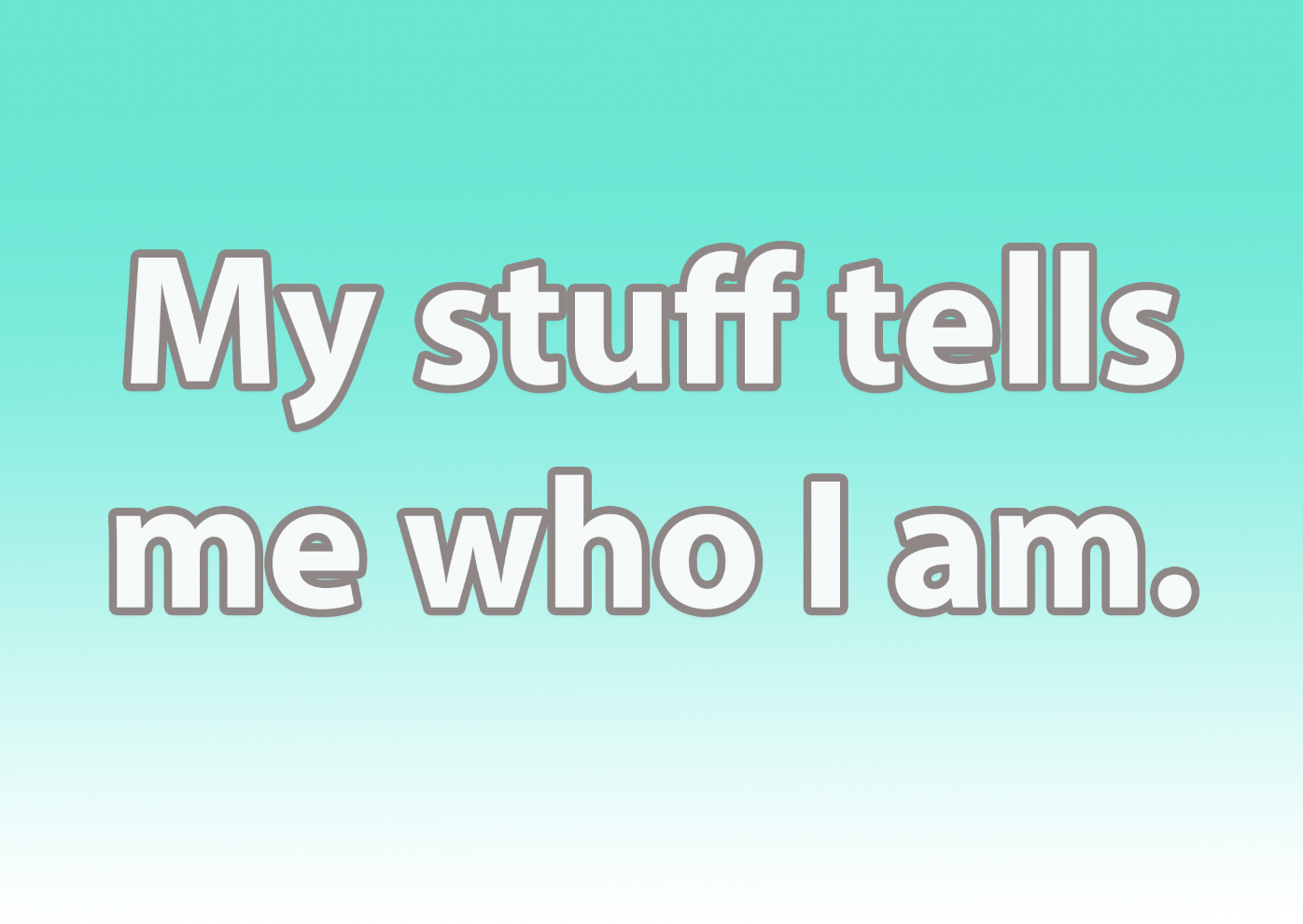
Clutter Block Number Three:
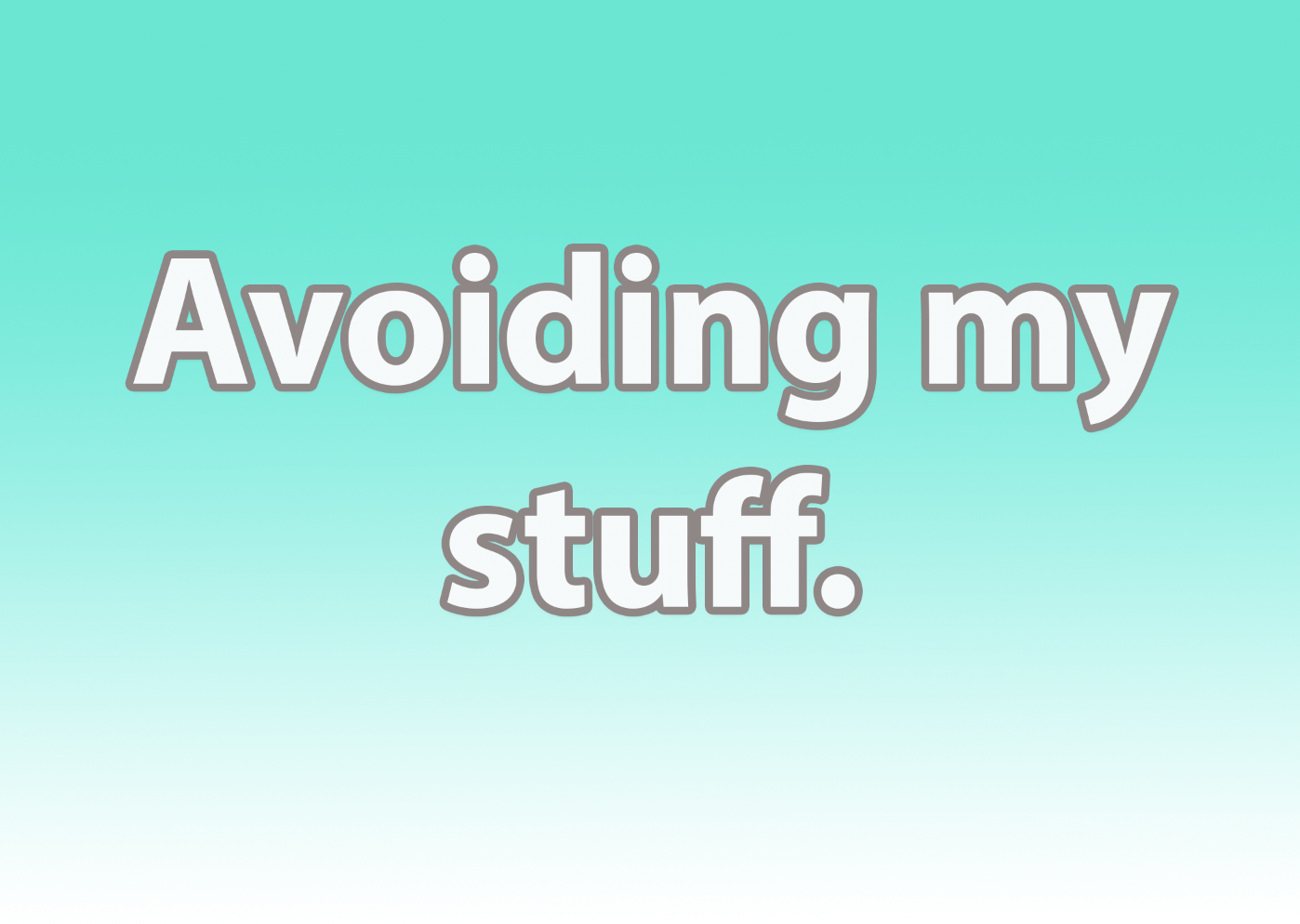
Clutter Block Number Four:
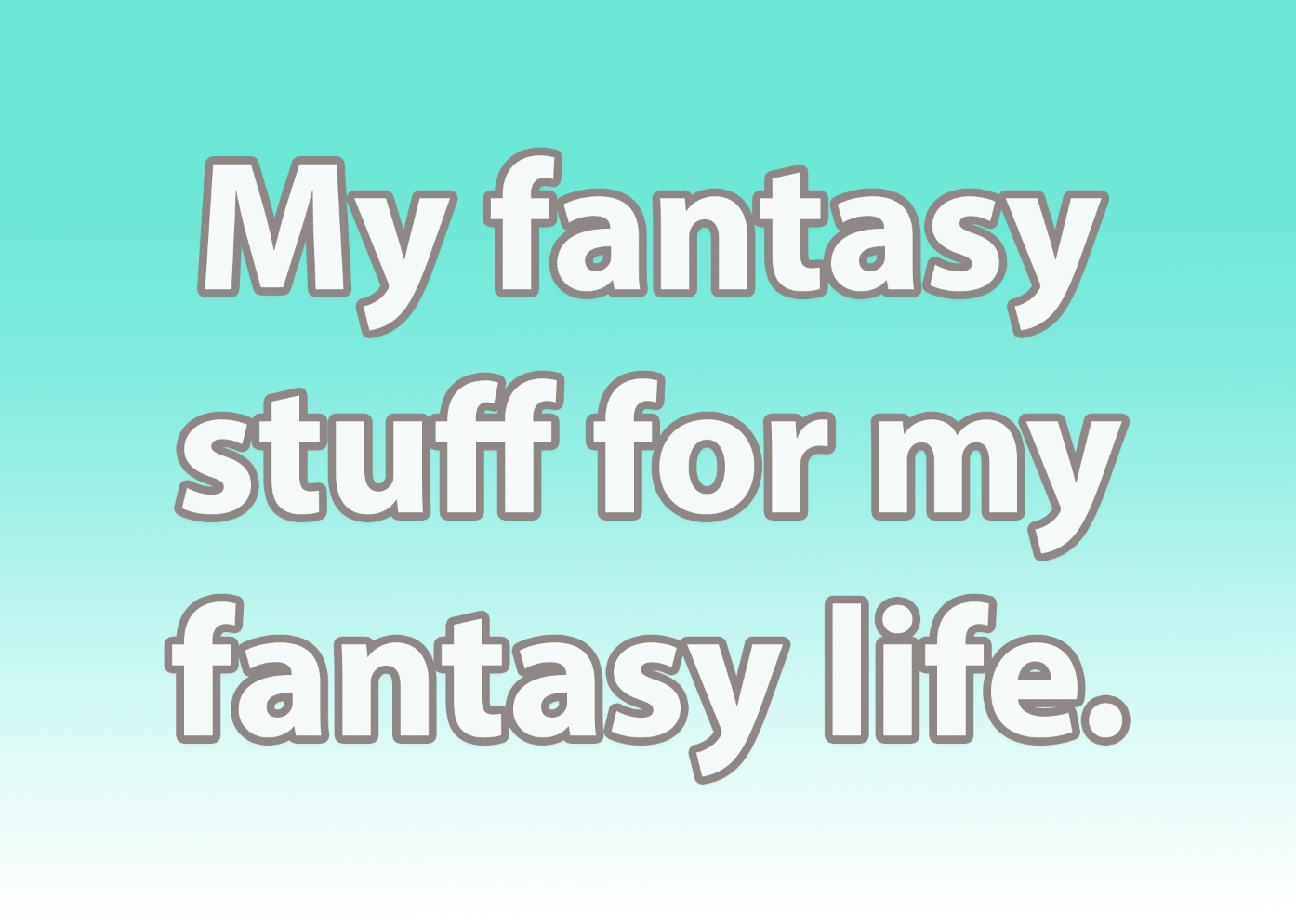
Clutter Block Number Five:
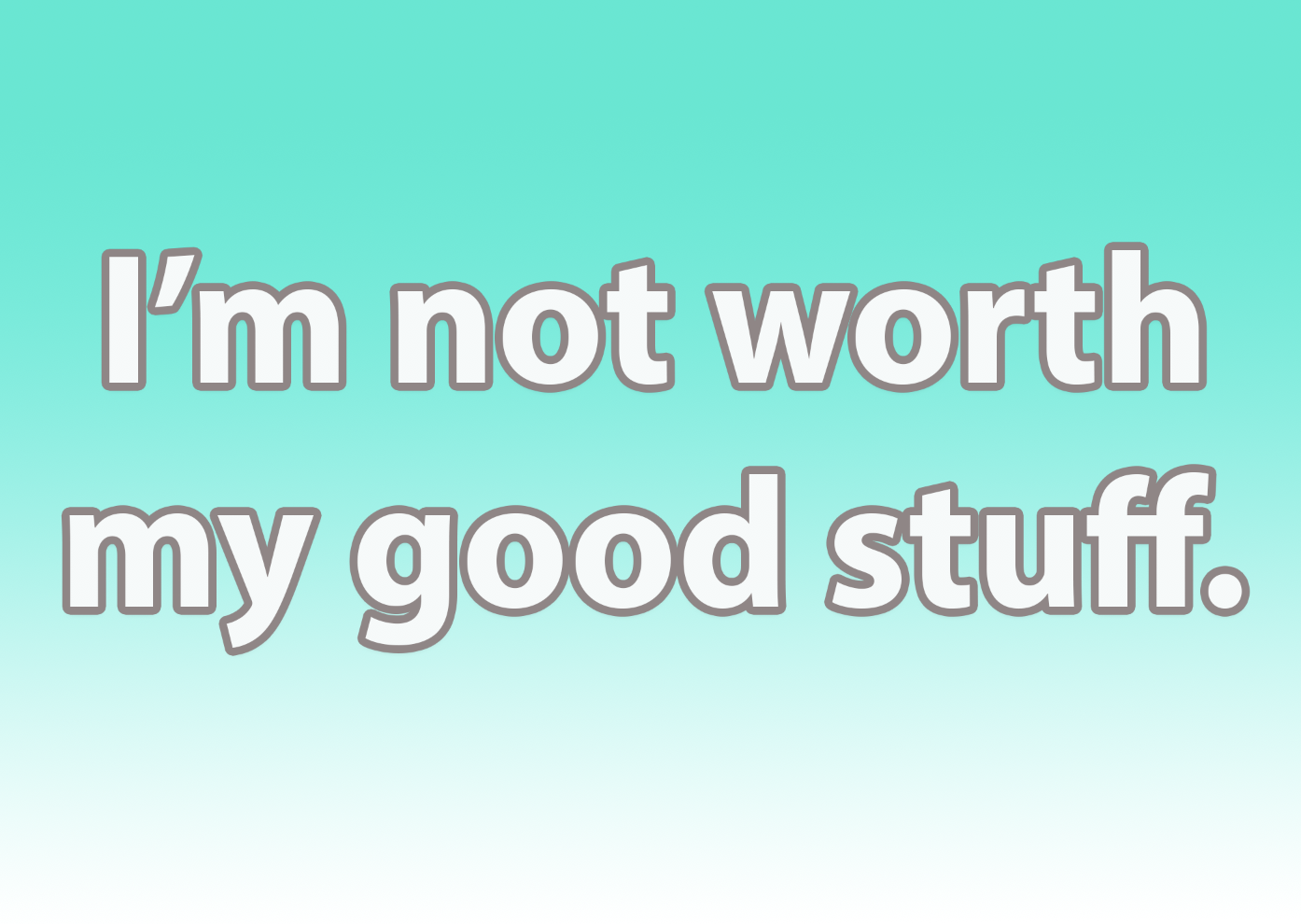
Clutter Block Number Six:

Clutter Block Number Seven:

Tracy said before you start the process of acknowledging which clutter block(s) you fall into, it's important to have a vision for why you want to declutter. "A lot of times people who are cluttered have heard their whole lives that they're messy, so there is a lot of shame around it. Take the shame out of it and focus on what you want."
Then, in order to maintain clutter-free space, you have to be consistent in putting things away. "We tend to be weekend warriors about getting decluttered and then we do it and forget that it takes upkeep. You use things from day to day, but then you have to put them back. It takes daily upkeep."
Ending tips and advice from Tracy:
– "For people who like to buy new clothes, start practicing 'one in one out.' If you buy a new top, get rid of one you don't wear that much. But, I also invite those people to ask themselves if there is something they're avoiding by spending their time shopping. Shopping is an activity that you get a dopamine hit from, so you're scoring that deal or getting that cute top. I would say that there's usually something else going on in those cases."
– "Utilize the adjustable shelves in your cabinets!"
– "One mistake people make is that they go out and buy all the bins and containers before they start decluttering. In those cases, they just end up with bins and bins of stuff they didn't get rid of or sort through."
– "When you add a child into your life, you increase your possessions by at least 30%. So cut back on the toys and teach your kids to put things where they're supposed to go. It makes it so much more fun for kids to know exactly where to go to get something. And parents need to know that this is not being anal. If you go to preschool, that's how it's done there."
– "You don't have to have a special method of folding! I fold my T-shirts just like they fold them at the Gap. I tried the KonMari (Marie Kondo's trademarked folding method) and it looks adorable, but it's not what I want to spend my time doing."
– "Lastly, there really is no prescribed way to declutter. I'm not a minimalist and I'm not telling you to be a minimalist; I'm not telling you to throw everything away. Another way I differ from Marie Kondo is that I do want you to enjoy your home, but I also want you to use your home as a tool. It should be a place where you can rest and restore and get yourself out the door in a great way at the beginning of every day. I want your home to be functional for you."
